I once watched a video of a leopard killing an impala on the African Savannah. Browsing the internet is rarely an unforgettable experience, but this encounter was an exception. I thought about this one for weeks. Make no mistake, I do not have a weak stomach or an emotional attachment to small innocent animals. In fact, predation has always been a fascination of mine. David Attenborough’s BBC documentary The Hunt remains my favorite nature series. But in this instance, it haunted me. The predation event in this video was not a valiant chase between predator and prey. It wasn’t a dramatic struggle for survival with a winner and a loser. And it wasn’t anything else you might have heard a wildlife documentarian say about the circle of life. It was… evil.
The views expressed in this article reflect those of the author, and not necessarily those of New Creation.
Let me explain.
The video begins with an impala standing by herself in a clearing as her newborn offspring emerges and falls to the ground. The moment the baby hits the ground, the mother hears a noise and sprints away, never entering the frame again. A leopard appears beside the infant, which is still wet from birthing fluid. It sniffs the baby, giving it a quick lick to taste test it. The newborn, unaware that anything is wrong, looks around calmly, perhaps wondering where its mother is. The big cat sits down beside the impala, occasionally nudging or licking it.
This lasts for minutes. Had the photographer taken a photo rather than a video, one might mistake the duo as one of those “unlikely friendships” you see in nature magazines. But eventually, when it is ready to move on, the leopard stands up, grabs the impala by the neck, and picks it up. The impala kicks its legs in protest for a moment before going limp in the leopard’s jaws.
Why Natural Evil?
People almost never think of nature as evil. Sure, it can be ugly and sad sometimes, but the lack of moral agency among animals and plants often holds us back from considering nature as morally corrupt. We also recognize that death in nature is vital for sustaining life. The great king Mufasa taught us this when he explained the circle of life to his son, Simba. What Mufasa neglected to mention to Simba is why infanticide, forced copulation, parasitism, cannibalism, starvation, disease, disasters, and other forms of suffering are so rampant in nature too (even in lions!).
We call these perversions “Natural Evil,” or evil that is not a direct cause of human sin. While murder, wars, racism, and bullying are some examples of “Moral Evil,” Natural Evil is a unique theological challenge. It seems to be designed by God rather than simply an effect of human nature and free will.

The Theology of Natural Evil
Christian theologians largely agree that Moral Evil originates from the rebellion of man against his Creator in Genesis 3. Traditionally, most theologians have explained Natural Evil the same way.1 Not only did God curse mankind in Genesis, He also cursed His entire creation for the sin of Adam and Eve. Natural disasters, starvation, predation, and other evils are a direct effect of this curse.
This interpretation fits a pattern in Scripture in which God judges all of nature for the sin of mankind. For example, the Flood of Noah’s day killed all land animals as judgment for the wickedness of men. Later in the Old Testament, God instructs Israel to sacrifice animals to temporarily atone for their sins. Only after Christ’s resurrection—the eternal atonement—do men no longer have to kill animals. The traditional approach, in which Natural Evil is a direct cause of the Fall, is consistent with the rest of the Bible. It seemingly solves the theological quandary.
What About the Fossils?
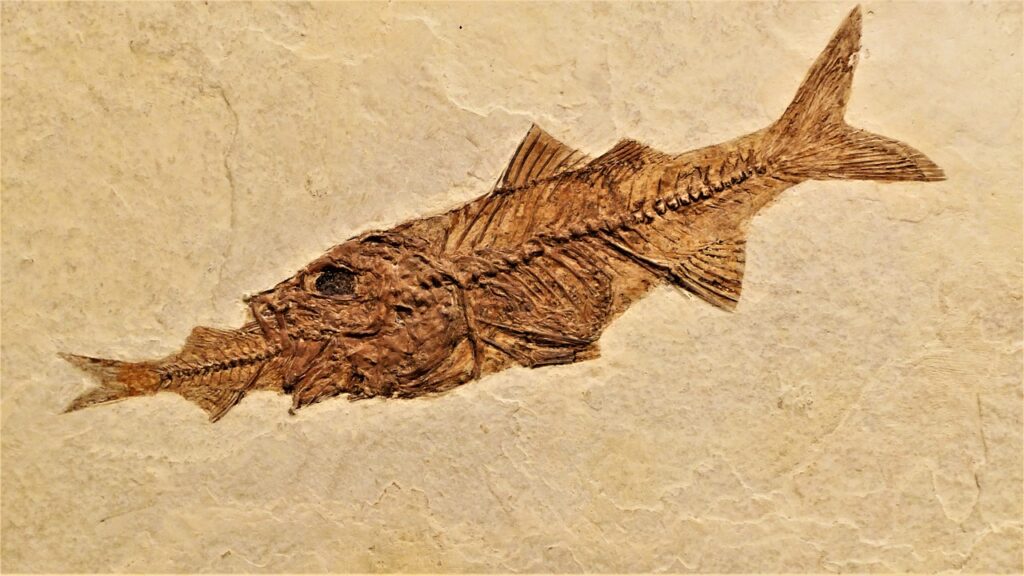
The discussion of Natural Evil became even more complicated when scientists began accepting the idea of an ancient earth. The fields of old-earth paleontology and evolutionary biology suggest that animals have been eating and parasitizing each other long before humans entered the story. For Christians, accepting an old earth means rejecting the Fall as the cause of Natural Evil. According to this view, predation, disease, and parasitism were present on earth for millions of years before Adam’s sin. William Dembski, an old-earth creationist, puts the problem nicely:
“For the young-earth creationist, tracing natural evil to humanity’s sin and the fall is unproblematic… But in a world that is much older and in which natural evil reigns prior to the arrival of humans, how can natural evil be ascribed to human moral evil, as classic Christian orthodoxy has traditionally taught?”2
Any theory in which natural evil predates sin dramatically complicates the issue. If man’s sin did not cause natural evil, what did? Did God create Natural Evil within His original creation? Did He use Natural Evil to create man through millions of years of slow evolution? Suddenly this discussion becomes mentally exhausting, as old-earth Christians must come to terms with Natural Evil all over again. While we at New Creation affirm that moral sin is the root cause of Natural Evil, it is worth evaluating other explanations to see if they hold theological and scientific merit. We will begin with the theistic evolutionists before turning to old-earth creationists.
Theistic Evolution’s Answers
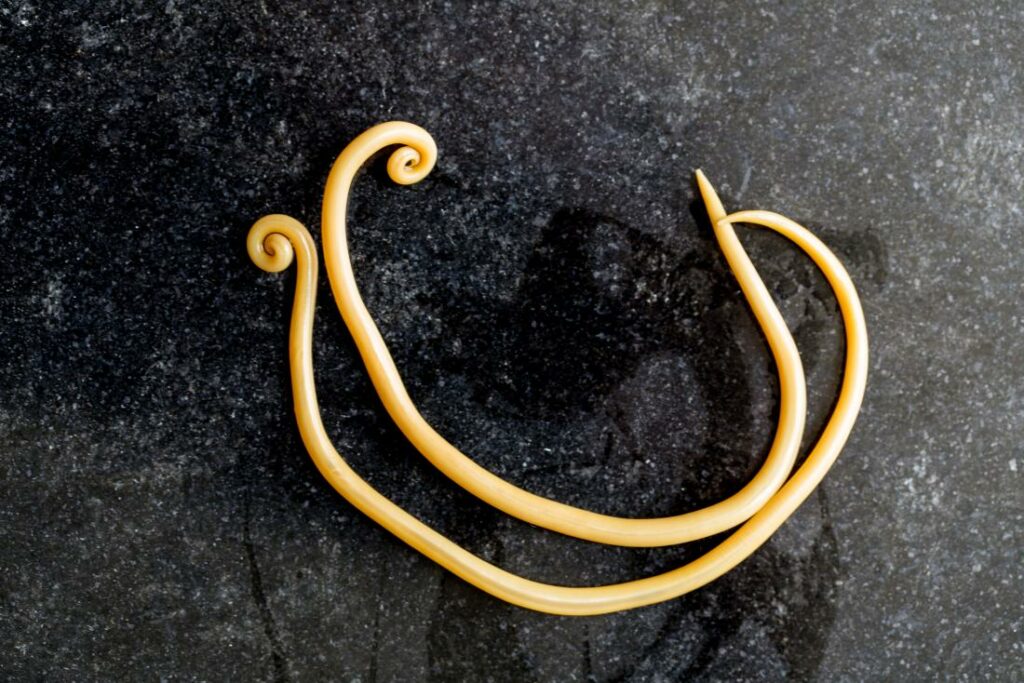
In particular, the problem of Natural Evil is greatest for the theistic evolutionist. BioLogos, a Christian organization that defends evolution, presents several options for the concerned Christian. Perhaps there was an angelic fall prior to the fall of Adam. Perhaps animals do not feel pain at all, and thus what appears to be Natural Evil is not evil at all. Maybe Natural Evil is necessary to make a planet with natural good, and the good ultimately outweighs the bad. Ultimately, BioLogos admits “None of these ‘solutions’ to the problem of natural evil is fully satisfactory… In the end, we must admit that now we see through a glass darkly and do not completely understand.”3 Theistic evolutionists are unable to refer to the Biblical explanation for evil (the Fall) as a solution to the problem. Instead, they resort to trusting that Natural Evil has some divine purpose yet unknown.
Another theistic evolutionist, the late Francisco Ayala, embraced Natural Evil as a “gift” for Christianity. He proposes that Natural Selection solves the problem of Natural Evil for the Christian evolutionist.4 He claims it demonstrates that selection—which presupposes death, disease, and parasitism—is the means by which God created the world. Natural Selection metaphorically washes God’s hands of the guilt of creating the world with Natural Evil. Instead, selection necessitates death and disease as part of the evolutionary process. Rather than attempting to rationalize the chronology of sin and Natural Evil, Ayala explains away the problem by treating evolution as necessary to God’s creative plan.
Old-earth Creationists’ Answers
Some who believe in an old earth reject Darwinian evolution. Thus, they seek an alternative means of explaining how death and suffering could pre-date human sin. William Dembski, a popular proponent of Intelligent Design, suggested that Genesis records two creation events. The first is the 6-day creation in Genesis, and the second the creation of the garden of Eden. Adam’s sin corrupts both creations, the first creation retroactively, and the second creation proactively.5
In this view, God created the original creation with Natural Evil, but only because He knew that one day Adam would sin. In the second creation, when God placed Adam in the garden, Adam’s sin showed that God’s foresight was correct. Adam’s punishment was banishment from the garden. God cast him out into the sinful, evil world; a world for which his sinful act is responsible. By referring to God’s omniscience, Dembski claims to “show that you don’t need to be a young-Earth Creationist to maintain a traditional view of natural evil–the traditional view being one that sees natural evil as a consequence of moral evil and the fall.”6 While this view maintains that Natural Evil comes from Moral Evil, it also requires massive bends in logic which acrobatically avoid a straightforward reading of Genesis.
Perhaps more moderately, the great Christian mathematician John Lennox proposes that only animal death existed before the Fall. Disease, infanticide, cancer, and any other form of evil is a result of sin, but he believes death “as part of the cycle of nature” was present in the original creation.7 Lennox suggests that the venom in the snake and defense mechanisms in prey species demonstrate that predation was part of God’s original plan. While this approach is certainly more Biblically founded, it fails to take into account the diseases and parasitism found in the fossil record (which under his view would likely be pre-Fall). On another note, Lennox does little to help out those poor baby impalas in the garden of Eden.
Were Animals Designed to Kill?
Not much needs to be said for the young-earth creationist view of Natural Evil, which by Dembski’s own admission easily solves the problem. Traditional theology, straightforward interpretation, and other Scripture supports the view that man’s sin introduced Natural Evil into the world. Genesis 1:29 says God originally gave vegetation to all animals for food. The abundance of fossil fuels (which are preserved organic material from the past) suggests that marine algae and plant material were abundant in the original creation.8 Isaiah 11:6-8 indicates that predation will not exist when God restores the earth, perhaps reflecting the original creation of God in the garden.
But while a straightforward and historical reading of Genesis is theologically satisfying, creationists still have lots of questions to answer. If Natural Evil did not exist in the beginning of creation, how do we explain the inherent designs in animals that allow them to hunt food, tear flesh, and poison other animals? What about the teeth of the tiger, the venom of the snake, the toxins in dart frogs, and the baleen in whales? Did these animals have these features in the beginning, and abstain from using them? Or did they obtain them in the post-flood world?
Young-earth Creationists’ Answers
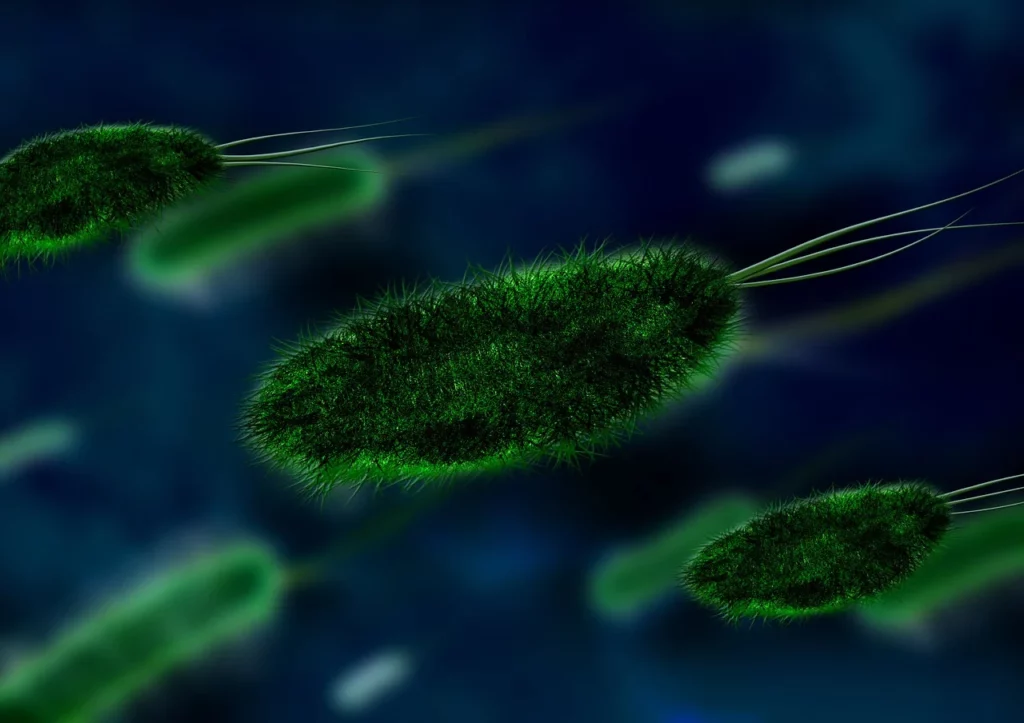
In his book The New Creationism, Paul Garner suggests that the answer could be both. As creation research continues to discover ways animals have adapted and changed based on pre-existing genes engineered in the organism, it becomes increasingly more likely that God programmed into His creation features that were not expressed until after the Fall.9 In this view, the corruption of the world stimulated animals to rapidly adapt to a world with predation, expressing traits that until then were hidden within the animals at creation. One specific statistic that supports this is that less than 1% of all microbes cause disease, while most perform vital functions such as decomposition and recycling nutrients.10 It is not difficult to imagine that before the fall, those pathogenic bacteria also performed these helpful tasks.
On the other hand, it is also likely that some traits were present in the pre-fall world, only they were for benevolent reasons. Parasites, for example, could have had mutual relationships with other species, and then adapted to exploit their host organisms after the Fall. This explanation can actually apply to many structures, designs, or features that, with only slight modifications, can be used for the benefit, rather than detriment, of other organisms.
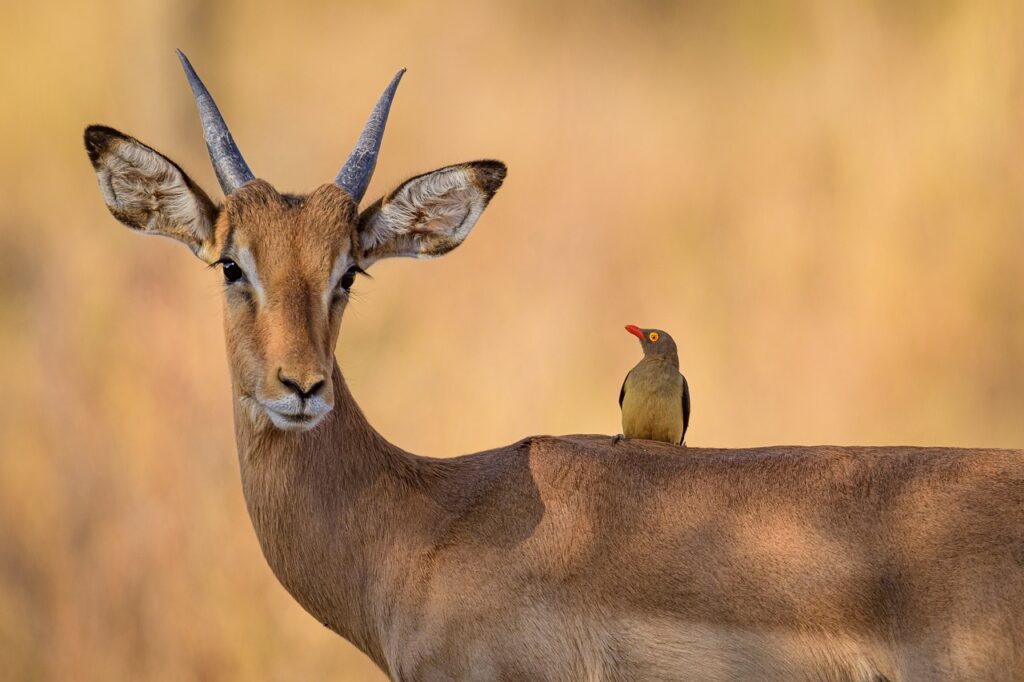
In the End: A Theological Win for Creationism
Ultimately, the Fall sets into motion many drastic changes in creation. It introduced death, disease, genetic mutations, starvation, selection pressure, cheating, and scavenging, and animals immediately adapted and changed drastically in response to these changes. Anything and everything is free game after the Fall, and biology demonstrates that the results can be intricate and staggeringly complex. Though there are some tough cases for creationist researchers to solve, these answers are far more satisfying than the logically acrobatic and theologically contradictory explanations offered by old-earth creationists and Christian evolutionists.
For atheists, Natural Evil is nothing but brute fact, neither morally good nor bad. A leopard eating a newborn impala is a biological reality and nothing more. But this view inherently does not sit well with the human experience. Even if you can excuse animal death as part of the circle of life, other “biological realities” such as disease, infanticide, parasitism, and forced copulation are more difficult to embrace. In other words, they are not the way things should be. They are not natural, but nature corrupted.
Christians who accept the conventional scientific timeline must come to terms with Natural Evil as part of God’s original creation. In this brief overview of the topic, we have seen several attempts to harmonize the existence of Natural Evil with a “very good” creation. These various interpretations are awkward, unconvincing, and in clear opposition to a natural reading of Genesis. Traditional theology reveals that if we read Scripture without allowing current scientific theories to influence our interpretation, Genesis clearly teaches that Natural Evil is a direct result of Moral Evil. As young-earth creationists, we get to affirm this truth without hesitation, as we look forward to a day where the lion and the lamb—and the leopard and the impala—will sit together in harmony.
Footnotes
- Otis, J. M. A Biblical DEFENSE OF YOUNG EARTH. ↩︎
- Dembski, William A.. “How Can We Make Sense of Natural Evil?” From A Comprehensive Guide to Science and Faith. 2021. ↩︎
- Biologos. “Is Animal Suffering Part of God’s Original Plan?” 2023. https://biologos.org/common-questions/is-animal-suffering-part-of-gods-good-creation ↩︎
- Ayala, F. J. (2007). Darwin’s gift to science and religion (Vol. 40). National Academies Press. ↩︎
- Dembski, William A.. “How Can We Make Sense of Natural Evil?” From A Comprehensive Guide to Science and Faith. 2021. ↩︎
- Dembski, William A.. “How Can We Make Sense of Natural Evil?” From A Comprehensive Guide to Science and Faith. 2021. ↩︎
- Lennox, J. (2019). Can Science Explain Everything? The Good Book Company. ↩︎
- Mortenson, Terry (2012). “The Fall and the Problem of Millions of Years of Natural Evil.” Answers in Depth. Vol. 7. ↩︎
- Garner, Paul (2009). The New Creationism. Evangelical Press (1st Ed). ↩︎
- Garner, Paul (2009). The New Creationism. Evangelical Press (1st Ed). ↩︎

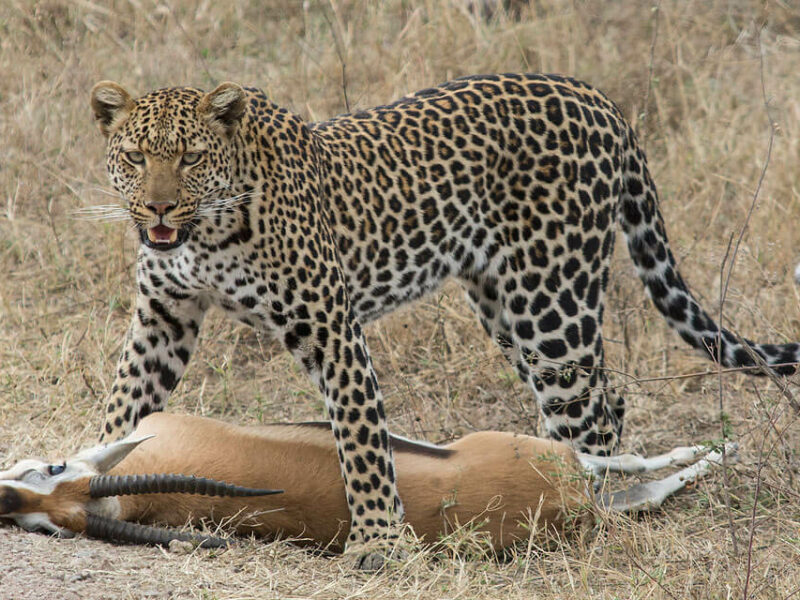
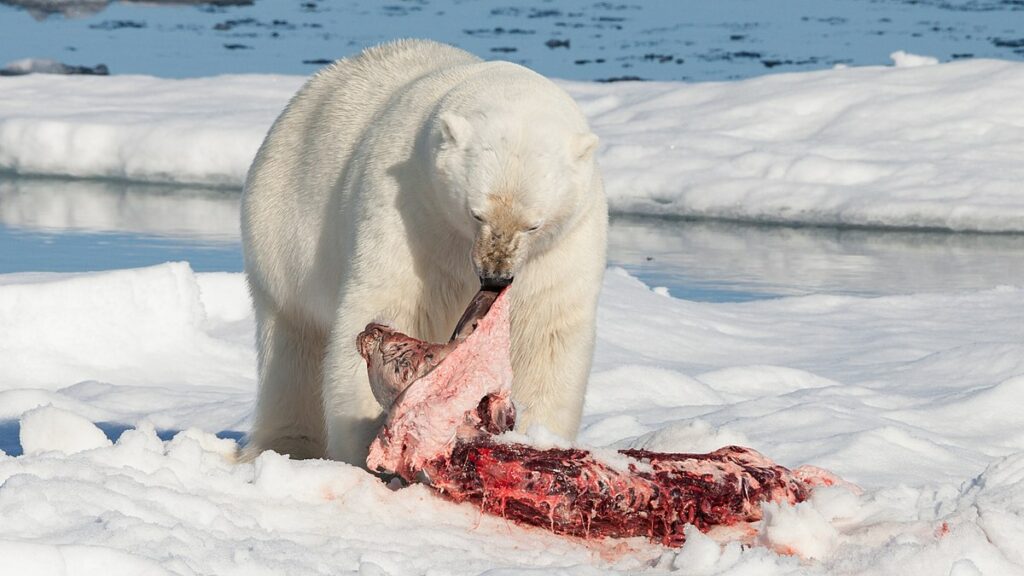



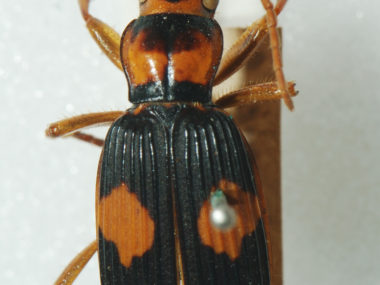
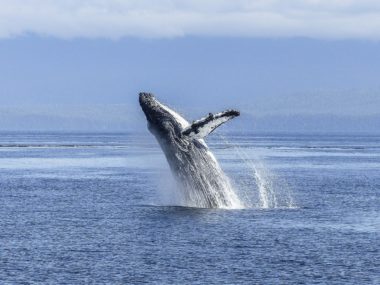





this is lit, Mr. R